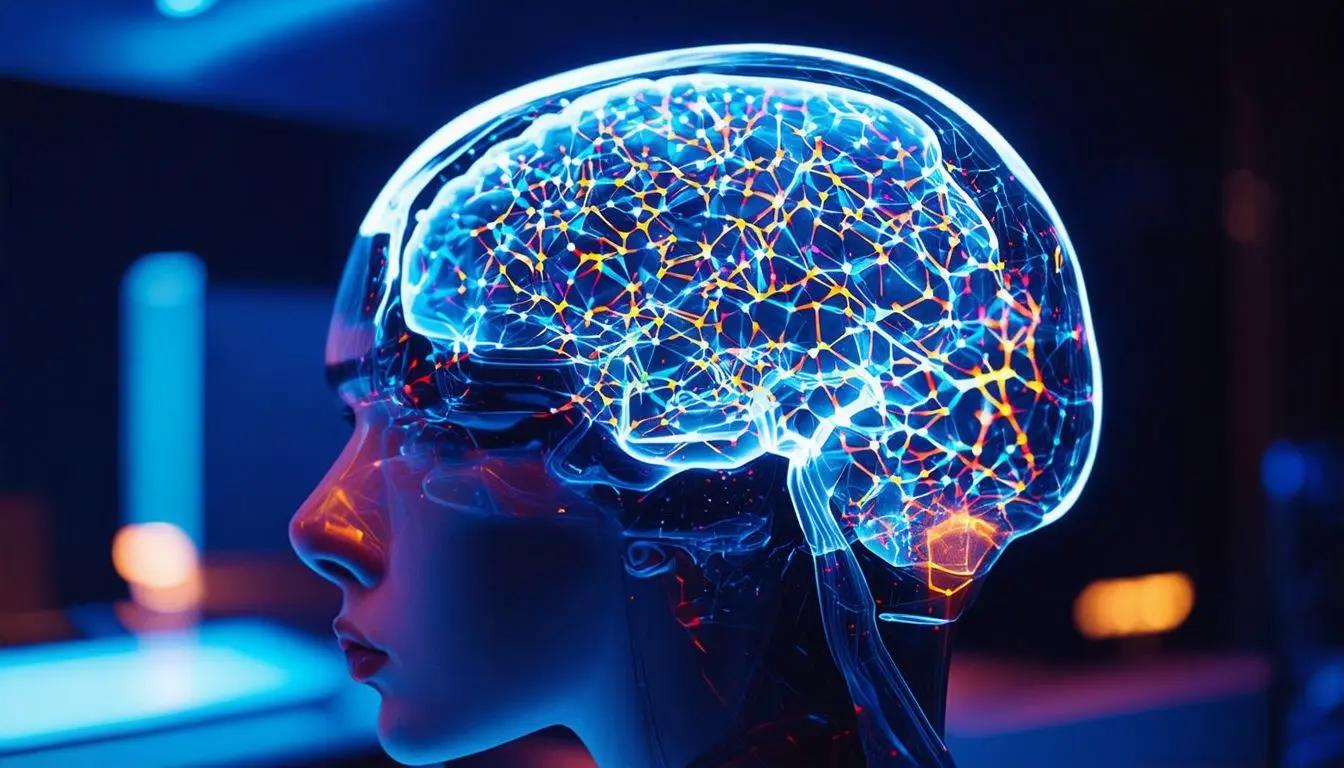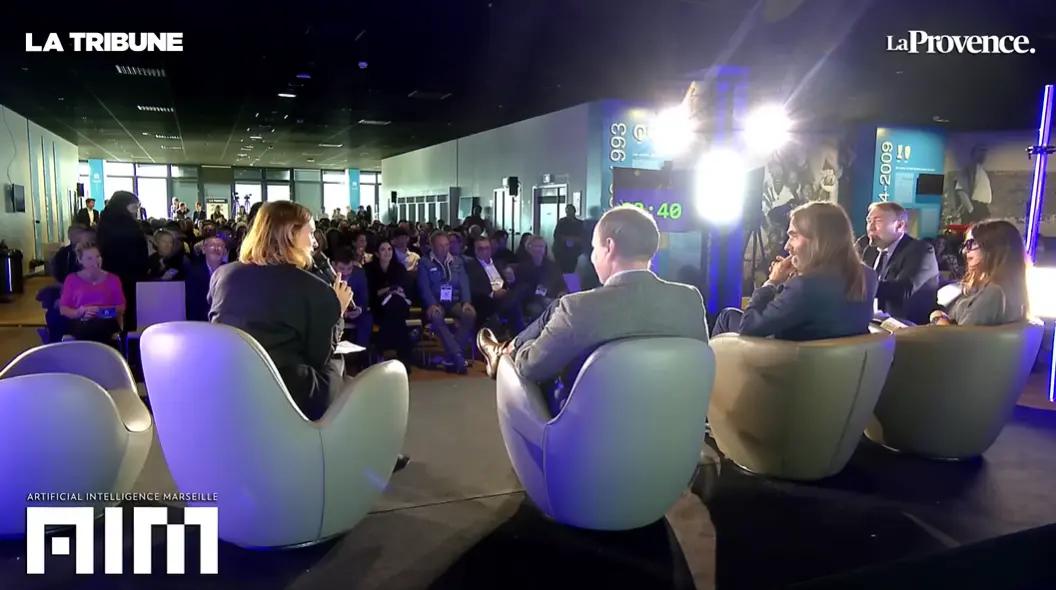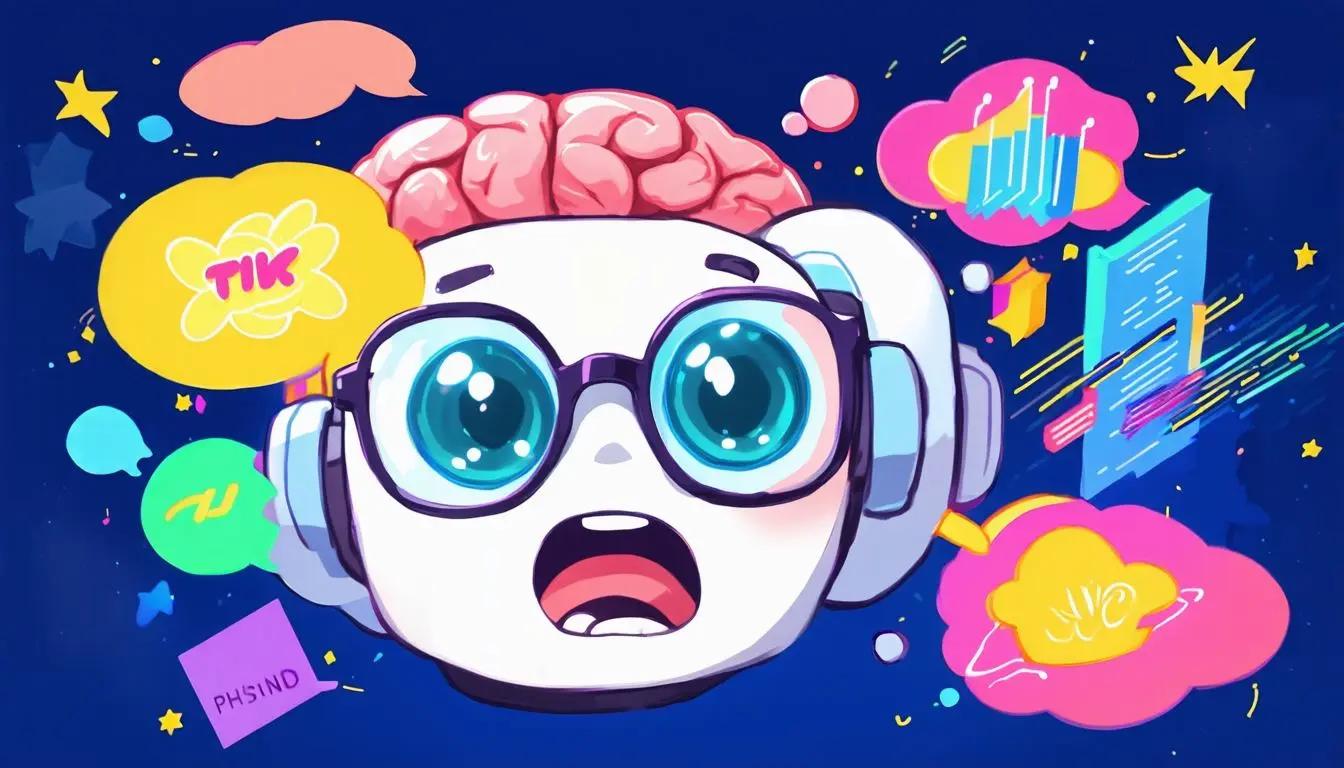August 15, 2024|13 min reading
Unlocking the Future: The Revolutionary Potential of Brain Image Reconstruction Technology

As we stand on the brink of a technological revolution, the fusion of medical imaging and diffusion models promises to open new doors to understanding the human mind. Imagine a world where we can recreate the images that someone is thinking about, not by interpreting words, but by visually decoding the brain’s activity. This concept, once relegated to the realm of science fiction, is fast becoming a reality. Researchers, artists, and technologists alike are exploring this cutting-edge field, striving to develop systems that can accurately translate neural data into visual images.
This article delves into the intricate process of brain image reconstruction, examining the science behind it, the challenges it presents, and its vast potential applications—from medical breakthroughs to artistic expression. As we explore these possibilities, we will also confront the ethical implications and societal impacts of a technology that could one day read our thoughts as easily as a book.
The Promise of Brain Image Reconstruction Technology
At its core, brain image reconstruction technology is about interpreting and visualizing the thoughts of individuals. It utilizes advanced medical imaging techniques such as functional Magnetic Resonance Imaging (fMRI) combined with sophisticated machine learning algorithms, like diffusion models, to decode and reconstruct images based on neural activity.
This area of research has been particularly active over the last decade, driven by rapid advancements in both neuroscience and artificial intelligence. The ambition is straightforward yet daunting: to look inside the brain, decode its activity, and recreate the images it perceives or imagines. This process is not only technically challenging but also opens up a Pandora's box of philosophical and ethical questions. Could we one day have the ability to see what others are thinking? What would that mean for privacy, creativity, and human interaction?
The Science Behind Brain Image Reconstruction
To understand how brain image reconstruction works, we must first delve into how the brain processes visual information. When we look at an object, such as a face or a landscape, specific regions of our brain become active. These areas, particularly in the occipital lobe, are responsible for processing visual stimuli. Through fMRI, researchers can observe these brain regions in real-time as they activate in response to different images.
fMRI measures brain activity by detecting changes in blood flow. When a part of the brain is more active, it requires more oxygen, and this increased demand causes a rise in blood flow to that area. The fMRI captures this data, which researchers can then analyze to infer which parts of the brain are involved in specific types of thinking or perception.
Applying Generative Models to Brain Data
The next step involves using generative models, like diffusion models, to process the fMRI data. Diffusion models are a type of deep learning algorithm that can generate new data points by modeling the probability distribution of a dataset. In the context of brain image reconstruction, these models are trained on large datasets that pair fMRI data with the images viewed by the subject.
Once trained, these models can begin to predict and recreate images based solely on the fMRI data, even when the specific images have not been seen by the model before. The results are not yet photorealistic, but they are often surprisingly accurate in capturing the general content and structure of the images that were originally seen by the subject.
Case Study: The Mind's Eye Experiment
One of the most notable breakthroughs in this field came from a research paper published by American scientists, titled "Mind’s Eye." This experiment demonstrated the capability of reconstructing images from brain activity with remarkable fidelity. In the study, subjects were shown various images while their brain activity was recorded via fMRI. The data was then fed into a generative model, which successfully reconstructed the images—such as a bus or a tree—that the subjects had seen, solely based on their brain activity.
The implications of this research are profound. It suggests that with enough data and the right algorithms, we can begin to decode the thoughts of individuals in visual form. This opens up a new frontier in both neuroscience and artificial intelligence, with potential applications that stretch far beyond the laboratory.
From Replication to Imagination: Pushing the Boundaries of Thought Visualization
While replicating seen images is an impressive feat, the true potential of this technology lies in its ability to visualize imagined images—those that exist only in the mind of the subject. This is where the research takes a leap from replication to imagination, entering the realm of creativity and artistic expression.
To achieve this, researchers have devised protocols that distinguish between weak imagination (recalling an image from memory) and strong imagination (creating a new image from scratch). By training algorithms on weak imagination data, where both the brain activity and the corresponding image are known, the hope is that these models can then generalize to strong imagination scenarios, where only the brain activity is available.
This is where the line between science and art begins to blur. Artists, working alongside scientists, are exploring how this technology can be used not just to replicate what we see, but to visualize what we imagine—bringing our inner worlds to life in ways that were previously impossible.
Challenges in Brain Image Reconstruction
Despite its promise, brain image reconstruction faces significant challenges. One of the primary obstacles is the quality of the data itself. fMRI, while powerful, is not a direct measurement of neural activity. Instead, it captures a proxy—changes in blood oxygen levels—which is only indirectly related to the actual firing of neurons. This introduces noise and uncertainty into the data, making it difficult to achieve high-resolution reconstructions.
Another challenge is the ethical and societal implications of this technology. If we can decode thoughts and visualize them, what does that mean for privacy? Could this technology be misused to invade the privacy of individuals or to extract information against their will? These are questions that must be addressed as the technology continues to develop.
The Role of Invasive Methods and Neural Interfaces
One possible avenue for overcoming the limitations of fMRI is the use of more invasive methods, such as those being developed by companies like Neuralink. These methods involve directly interfacing with the brain, potentially allowing for more precise and accurate data collection. However, they also raise significant ethical concerns, particularly regarding consent and the potential risks involved in such procedures.
Despite these challenges, the field is progressing rapidly. Researchers are continually refining their techniques, seeking to improve the resolution and accuracy of brain image reconstruction. As these technologies advance, they will likely become more integrated into various applications, from medical diagnostics to communication tools for individuals with disabilities.
Potential Applications of Brain Image Reconstruction
The potential applications of brain image reconstruction technology are vast and varied. In medicine, for example, it could provide a new way to communicate with patients in a coma or with other severe neurological conditions. By decoding their thoughts and visualizing their mental images, doctors could gain insights into the patient’s state of mind and possibly even their wishes or preferences.
In the field of mental health, this technology could be used to better understand and treat conditions like PTSD, depression, and anxiety. By visualizing the thoughts and memories that trigger these conditions, therapists could work more effectively with patients to address and manage their symptoms.
Beyond healthcare, brain image reconstruction could revolutionize the creative arts. Imagine a world where artists can directly visualize their thoughts and share them with others, bypassing the traditional tools of paint, clay, or film. This could lead to entirely new forms of artistic expression, where the boundaries between imagination and reality are blurred.
Ethical Considerations and the Future of Brain Image Reconstruction
As with any powerful technology, brain image reconstruction comes with significant ethical considerations. The ability to visualize thoughts raises profound questions about privacy, consent, and the potential for misuse. Could this technology be used to read minds without permission? What safeguards need to be in place to protect individuals' mental privacy?
Moreover, as the technology advances, there is the potential for it to be used in ways that could be harmful or exploitative. For example, could it be used in legal settings to extract confessions or verify the truth of someone's testimony? These are complex issues that will need to be carefully considered as the technology continues to develop.
Conclusion
Brain image reconstruction technology stands at the intersection of science, art, and ethics. It has the potential to unlock new ways of understanding the human mind, providing insights into everything from medical conditions to artistic creativity. However, with this power comes the responsibility to use it wisely and ethically.
As we look to the future, it is clear that this technology will continue to evolve, offering both new opportunities and new challenges. The key will be to navigate this landscape with care, ensuring that the benefits of brain image reconstruction are realized while minimizing the risks.
FAQs
What is brain image reconstruction technology?
Brain image reconstruction technology involves using advanced medical imaging techniques and machine learning algorithms to decode and visualize the thoughts and mental images of individuals based on their brain activity.
How does brain image reconstruction work?
The technology works by using functional MRI to capture data about brain activity, which is then processed by generative models like diffusion models. These models can reconstruct images based on the brain's activity patterns.
What are the potential applications of brain image reconstruction?
Potential applications include medical diagnostics, communication tools for individuals with severe disabilities, mental health treatment, and new forms of artistic expression.
What are the ethical concerns surrounding brain image reconstruction?
Ethical concerns include issues of privacy, consent, and the potential for misuse, such as the technology being used to read minds without permission or to extract information in legal settings.
How accurate is brain image reconstruction technology?
While the technology is still in its early stages, it has shown promise in accurately reconstructing images that subjects have seen or imagined. However, the resolution and accuracy are currently limited by the quality of the data.
What is the future of brain image reconstruction?
The future of this technology is likely to involve improvements in data quality, possibly through the use of more invasive methods, as well as broader applications in medicine, mental health, and the arts.
Explore more

The Race for Artificial General Intelligence: Superintelligence and Society
Explore the debate on artificial general intelligence and superintelligence, featuring expert insights on its possibilit...

Artificial Superintelligence: The Last Invention Humanity May Ever Make
Explore the potential impact of artificial superintelligence on humanity—our greatest invention could change life as we ...

AI and Warfare: How AI Systems Are Driving Destruction in Gaza
An in-depth look at how AI systems, like the IDF’s Gospel and Lavender, are reshaping warfare in Gaza, leading to widesp...
